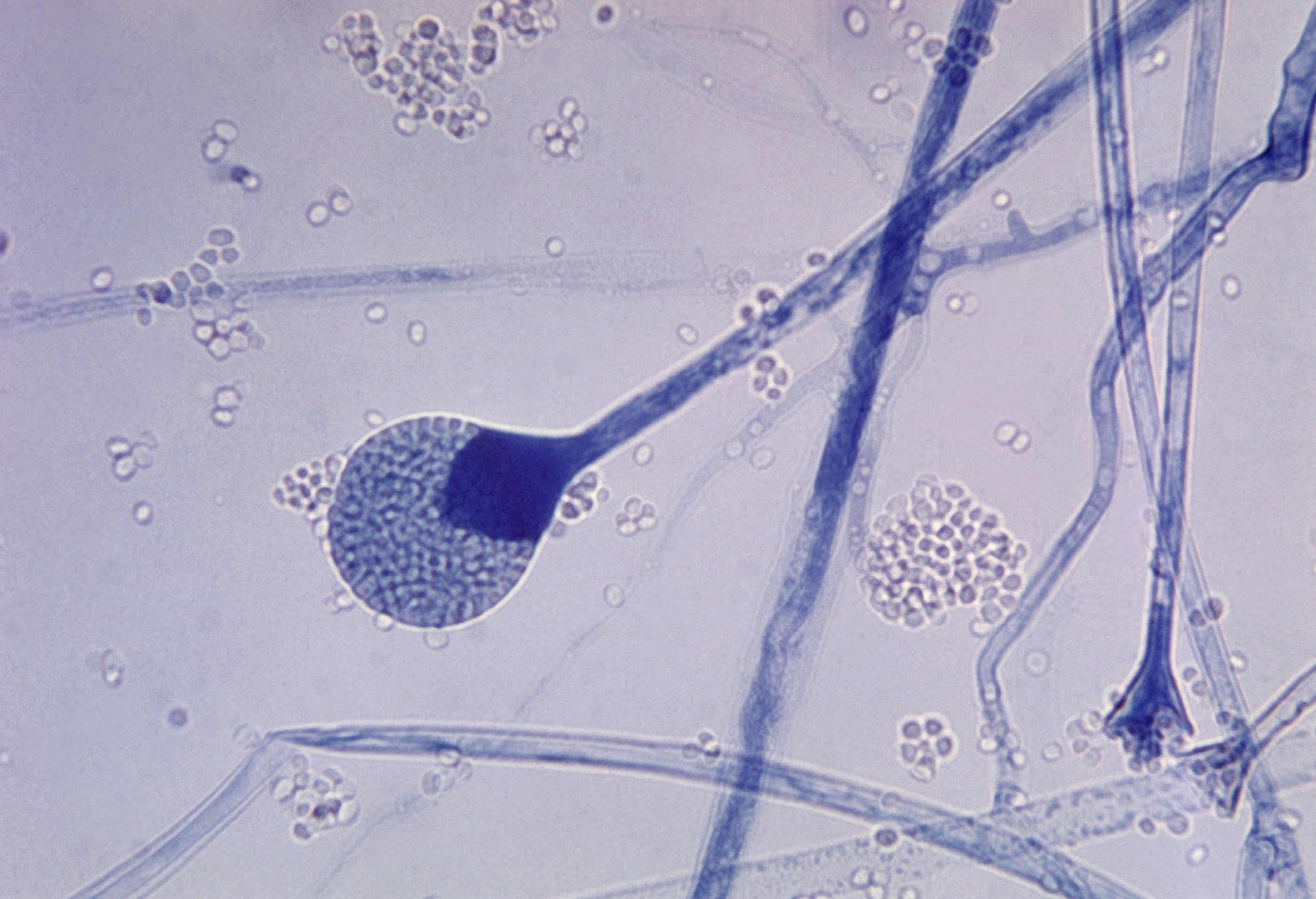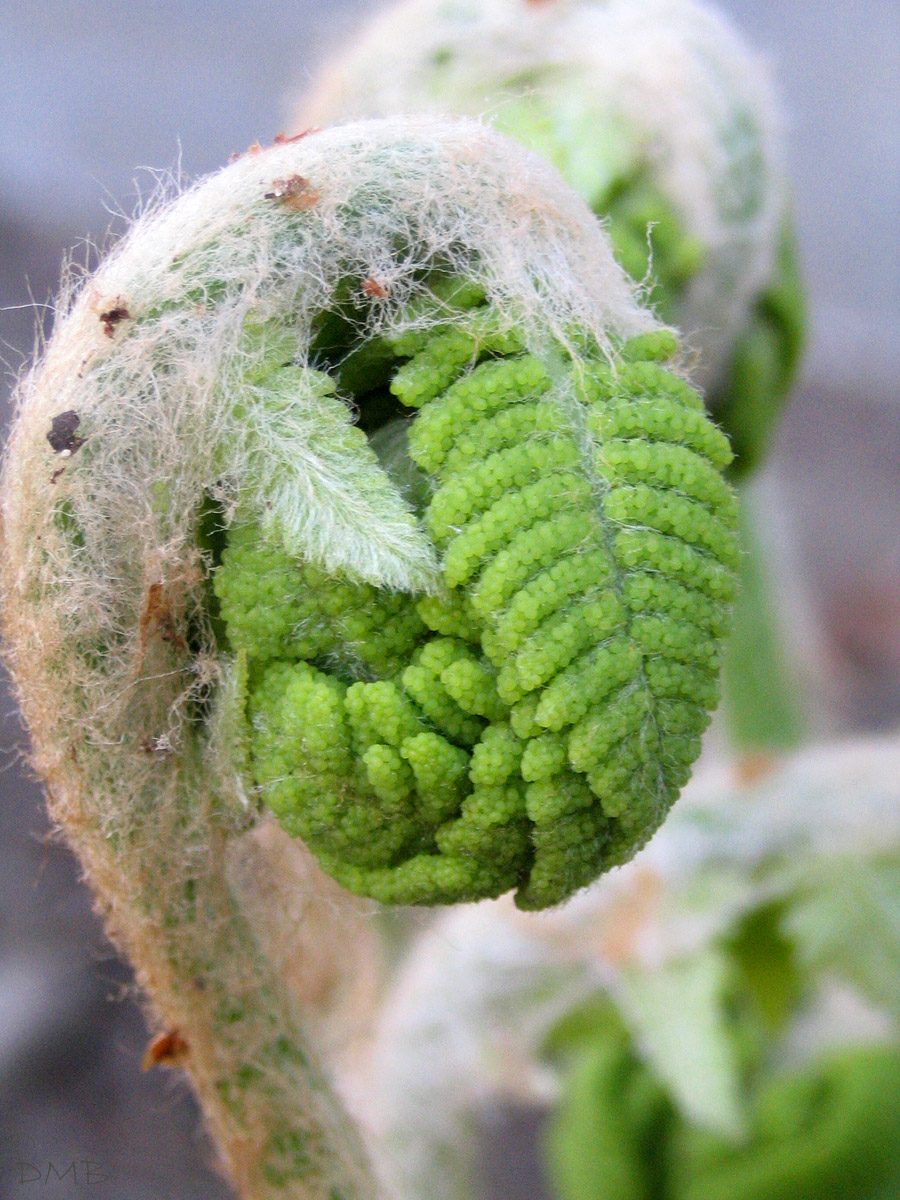|
Crenaticaulis
''Crenaticaulis'' was an early genus of slender, dichotomously branching, leafless land plants, known from the Devonian period and first described in 1969. They were probably allied to the zosterophylls, and are assigned to subdivision Zosterophyllophytina, or class Zosterophyllopsida. They bore branches and scalariform tracheids. A cladogram published in 2004 by Crane et al. places ''Crenaticaulis'' in the core of a paraphyletic stem group of broadly defined "zosterophylls", basal to the lycopsids (living and extinct clubmosses and relatives). Hao and Xue in 2013 used the absence of terminal sporangia to place the genus in the family Gosslingiaceae in the paraphyletic order Gosslingiales, a group considered to have indeterminate growth, with fertile branches generally showing circinate vernation (initially curled up). Kenrick and Crane in 1997 placed the genus in the family Sawdoniaceae in the order Sawdoniales The Sawdoniales are an Order (biology), order or plesion of ex ... [...More Info...] [...Related Items...] OR: [Wikipedia] [Google] [Baidu] |
Zosterophyll
The zosterophylls are a group of extinct land plants that first appeared in the Silurian period. The taxon was first established by Banks in 1968 as the subdivision Zosterophyllophytina; they have since also been treated as the division Zosterophyllophyta or Zosterophyta and the class or plesion Zosterophyllopsida or Zosteropsida. They were among the first vascular plants in the fossil record, and had a world-wide distribution. They were probably stem-group lycophytes, forming a sister group to the ancestors of the living lycophytes. By the late Silurian (late Ludlovian, about ) a diverse assemblage of species existed, examples of which have been found fossilised in what is now Bathurst Island in Arctic Canada. Morphology The stems of zosterophylls were either smooth or covered with small spines known as enations, branched dichotomously, and grew at the ends by unrolling, a process known as circinate vernation. The stems had a central vascular column in which the protox ... [...More Info...] [...Related Items...] OR: [Wikipedia] [Google] [Baidu] |
Zosterophylls
The zosterophylls are a group of extinct land plants that first appeared in the Silurian period. The taxon was first established by Banks in 1968 as the subdivision Zosterophyllophytina; they have since also been treated as the division Zosterophyllophyta or Zosterophyta and the class or plesion Zosterophyllopsida or Zosteropsida. They were among the first vascular plants in the fossil record, and had a world-wide distribution. They were probably stem-group lycophytes, forming a sister group to the ancestors of the living lycophytes. By the late Silurian (late Ludlovian, about ) a diverse assemblage of species existed, examples of which have been found fossilised in what is now Bathurst Island in Arctic Canada. Morphology The stems of zosterophylls were either smooth or covered with small spines known as enations, branched dichotomously, and grew at the ends by unrolling, a process known as circinate vernation. The stems had a central vascular column in which the protoxyl ... [...More Info...] [...Related Items...] OR: [Wikipedia] [Google] [Baidu] |
Gosslingiaceae
Gosslingiaceae is a family of extinct zosterophylls. The zosterophylls were among the first vascular plants in the fossil record, and are considered to share an ancestor with the living lycophytes. The family is variously placed in the order Sawdoniales or the order Gosslingiales Gosslingiales is an Order (biology), order of extinct zosterophylls. The zosterophylls were among the first vascular plants in the fossil record, and share an ancestor with the Lycopodiopsida, living lycophytes. The group has been divided up in .... Genera Genera that have been placed in this family by Kenrick and Crane in 1997 and Hao and Xue in 2013 are shown in the table below. References Zosterophylls Prehistoric plant families {{paleobotany-stub ... [...More Info...] [...Related Items...] OR: [Wikipedia] [Google] [Baidu] |
Gosslingiales
Gosslingiales is an Order (biology), order of extinct zosterophylls. The zosterophylls were among the first vascular plants in the fossil record, and share an ancestor with the Lycopodiopsida, living lycophytes. The group has been divided up in various ways. Hao and Xue in 2013 used the presence or absence of terminal Sporangium, sporangia as a major dividing feature. The order Zosterophyllales was used for species with terminal as well as lateral sporangia, which were considered to have determinate growth, with their sporangia generally being arranged in spikes. The Paraphyly, paraphyletic order Gosslingiales was used for species without terminal sporangia (i.e. with only lateral sporangia), which were considered to have indeterminate growth, with fertile branches generally circinate vernation, circinate (initially curled up). Species assignable to the Gosslingiales made up about 9% of all confirmed species in the Early Devonian flora. Taxonomy Classification Hao and Xue conside ... [...More Info...] [...Related Items...] OR: [Wikipedia] [Google] [Baidu] |
Sawdoniaceae
Sawdoniaceae is a family of extinct zosterophylls. The zosterophylls were among the first vascular plants in the fossil record, and are considered to share an ancestor with the living lycophytes. The family is recognized by some sources, and placed in the Sawdoniales The Sawdoniales are an Order (biology), order or plesion of extinct zosterophylls. The zosterophylls were among the first vascular plants in the fossil record, and share an ancestor with the Lycopodiopsida, living lycophytes. The group has been d .... Other sources do not recognize the family, and place some of its members in the family Gosslingiaceae. Genera Genera that have been placed in this family by Kenrick and Crane in 1997 are shown in the table below, along with their treatment by Hao and Xue in 2013. References Zosterophylls Prehistoric plant families {{paleobotany-stub ... [...More Info...] [...Related Items...] OR: [Wikipedia] [Google] [Baidu] |
Paraphyletic
Paraphyly is a taxonomic term describing a grouping that consists of the grouping's last common ancestor and some but not all of its descendant lineages. The grouping is said to be paraphyletic ''with respect to'' the excluded subgroups. In contrast, a monophyletic grouping (a clade) includes a common ancestor and ''all'' of its descendants. The terms are commonly used in phylogenetics (a subfield of biology) and in the tree model of historical linguistics. Paraphyletic groups are identified by a combination of synapomorphies and symplesiomorphies. If many subgroups are missing from the named group, it is said to be polyparaphyletic. The term received currency during the debates of the 1960s and 1970s accompanying the rise of cladistics, having been coined by zoologist Willi Hennig to apply to well-known taxa like Reptilia (reptiles), which is paraphyletic with respect to birds. Reptilia contains the last common ancestor of reptiles and all descendants of that ancestor exc ... [...More Info...] [...Related Items...] OR: [Wikipedia] [Google] [Baidu] |
Stem Group
In phylogenetics, the crown group or crown assemblage is a collection of species composed of the living representatives of the collection, the most recent common ancestor of the collection, and all descendants of the most recent common ancestor. It is thus a way of defining a clade, a group consisting of a species and all its extant or extinct descendants. For example, Neornithes (birds) can be defined as a crown group, which includes the most recent common ancestor of all modern birds, and all of its extant or extinct descendants. The concept was developed by Willi Hennig, the formulator of phylogenetic systematics, as a way of classifying living organisms relative to their extinct relatives in his "Die Stammesgeschichte der Insekten", and the "crown" and "stem" group terminology was coined by R. P. S. Jefferies in 1979. Though formulated in the 1970s, the term was not commonly used until its reintroduction in 2000 by Graham Budd and Sören Jensen. Contents of the crown ... [...More Info...] [...Related Items...] OR: [Wikipedia] [Google] [Baidu] |
Lycopodiophyta
The lycophytes, when broadly circumscribed, are a group of vascular plants that include the clubmosses. They are sometimes placed in a division Lycopodiophyta or Lycophyta or in a subdivision Lycopodiophytina. They are one of the oldest lineages of extant (living) vascular plants; the group contains extinct plants that have been dated from the Silurian (ca. 425 million years ago). Lycophytes were some of the dominating plant species of the Carboniferous period, and included the tree-like Lepidodendrales, some of which grew over in height, although extant lycophytes are relatively small plants. The scientific names and the informal English names used for this group of plants are ambiguous. For example, "Lycopodiophyta" and the shorter "Lycophyta" as well as the informal "lycophyte" may be used to include the extinct zosterophylls or to exclude them. Description Lycophytes reproduce by spores and have alternation of generations in which (like other vascular plants) the sporop ... [...More Info...] [...Related Items...] OR: [Wikipedia] [Google] [Baidu] |
Sporangium
A sporangium (from Late Latin, ; : sporangia) is an enclosure in which spores are formed. It can be composed of a unicellular organism, single cell or can be multicellular organism, multicellular. Virtually all plants, fungus, fungi, and many other groups form sporangia at some point in their biological life cycle, life cycle. Sporangia can produce spores by mitosis, but in land plants and many fungi, sporangia produce genetically distinct haploid spores by meiosis. It's outdated name, sporange, is one of the few perfect rhymes for Orange (colour), orange. Fungi In some phyla of fungi, the sporangium plays a role in asexual reproduction, and may play an indirect role in sexual reproduction. The sporangium forms on the sporangiophore and contains Ploidy, haploid Cell nucleus, nuclei and cytoplasm. Spores are formed in the sporangiophore by encasing each haploid nucleus and cytoplasm in a tough outer membrane. During asexual reproduction, these spores are dispersed via wind and g ... [...More Info...] [...Related Items...] OR: [Wikipedia] [Google] [Baidu] |
Paraphyly
Paraphyly is a taxonomic term describing a grouping that consists of the grouping's last common ancestor and some but not all of its descendant lineages. The grouping is said to be paraphyletic ''with respect to'' the excluded subgroups. In contrast, a monophyletic grouping (a clade) includes a common ancestor and ''all'' of its descendants. The terms are commonly used in phylogenetics (a subfield of biology) and in the tree model of historical linguistics. Paraphyletic groups are identified by a combination of synapomorphies and symplesiomorphies. If many subgroups are missing from the named group, it is said to be polyparaphyletic. The term received currency during the debates of the 1960s and 1970s accompanying the rise of cladistics, having been coined by zoologist Willi Hennig to apply to well-known taxa like Reptilia (reptiles), which is paraphyletic with respect to birds. Reptilia contains the last common ancestor of reptiles and all descendants of that ancest ... [...More Info...] [...Related Items...] OR: [Wikipedia] [Google] [Baidu] |
Circinate Vernation
Vernation or leafing is the formation of new leaves or fronds. In plant anatomy, it is the arrangement of leaves in a bud. In pine species, new leaves are short and encased in sheaths. Each leaf bundle consists of two to five needles. All the leaves on one section of branch grow in length together. In cabbage species, new leaves are folded over, each covered by the previous leaf. Name The term ''vernation'' is borrowed from New Latin , the act of being verdant or flourishing (). It is cognate with (Latin for " spring") and ("vernal"). Circinate vernation Circinate vernation is the manner in which most fern fronds emerge. As the fern frond is formed, it is tightly curled so that the tender growing tip of the frond (and each subdivision of the frond) is protected within a coil. At this stage it is called a crozier (after the shepherd's crook) or fiddlehead (after the scrollwork at the top of a violin). As the lower parts of the frond expand and toughen up, they begin to ... [...More Info...] [...Related Items...] OR: [Wikipedia] [Google] [Baidu] |

